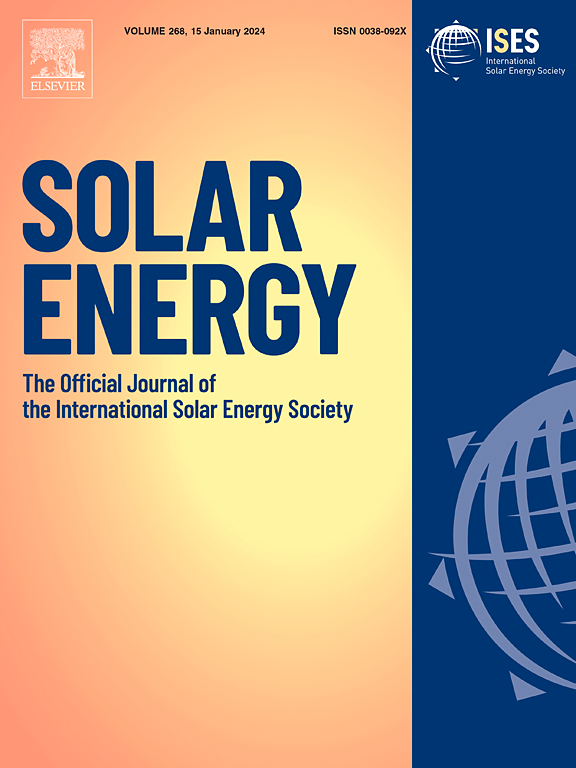用于可持续食品保鲜的新开发新型半球形太阳能干燥器的性能研究:与传统方法的比较分析
IF 6
2区 工程技术
Q2 ENERGY & FUELS
引用次数: 0
摘要
为了保护世界粮食资源,干燥农产品对于延长其保质期至关重要。1.5 米半球形太阳能干燥器的新概念克服了传统干燥器的局限性,如干燥时间长、太阳能跟踪、空间要求大等。对汤姆森葡萄进行了试验,以便将其转化为葡萄干。为了进行公平准确的比较,在保持试验条件一致的情况下,对半球形太阳能干燥器(主动和被动模式)、传统柜式太阳能干燥器以及露天阳光干燥(OSD)进行了试验。半球形太阳能干燥器的平均水分去除率为 0.1935096 kg/h。与柜式太阳能干燥器的 18 天和 OSD 的 19 天相比,半球形太阳能干燥器大大缩短了将葡萄转化为葡萄干的干燥时间,仅为 13 天。半球形干燥器通过缝隙产生温室效应,最高温度达到 70.1 °C,在平均 796 瓦/平方米的太阳能条件下,平均温度为 60.7 °C。半球形干燥器的干燥效率为 5.67%。半球形和柜式干燥机采用了六个数学模型。其中,Two term 和 Wang & Singh 模型适用于实验数据,并能精确预测水分比率。本文章由计算机程序翻译,如有差异,请以英文原文为准。
Performance investigation of newly developed novel hemispherical solar dryer for sustainable food preservation: Comparative analysis with traditional methods
To preserve the world’s food resources, drying agricultural products is crucial for prolonging their shelf life. A novel concept of 1.5 m hemispherical solar dryer surmounts the limitations of conventional dryers like long drying time, solar tracking, large space requirement etc. Trials were performed on Thomson grapes to convert into raisins. For the purpose of fair accuracy in comparison, experiments were conducted on hemispherical solar dryer (active and passive mode), traditional cabinet solar dryer as well as open sun drying (OSD) by maintaining the uniform test conditions. An average moisture removal rate of 0.1935096 kg/h was obtained in hemispherical dryer. The hemispherical solar dryer significantly reduced drying time for converging grapes into raisins to 13 days, compared to 18 days in a cabinet solar dryer and 19 days with OSD. The hemispherical dryer, through a gap, creates a greenhouse effect, reaching a 70.1 °C maximum temperature and an average of 60.7 °C at 796 W/m2 average solar energy. The hemispherical dryer attained a drying efficiency of 5.67 %. Six mathematical models were employed for hemispherical and cabinet dryers. Amongst these Two term and Wang & Singh models were found suitable for the experimental data and provided precise prediction of moisture ratio.
求助全文
通过发布文献求助,成功后即可免费获取论文全文。
去求助
来源期刊

Solar Energy
工程技术-能源与燃料
CiteScore
13.90
自引率
9.00%
发文量
0
审稿时长
47 days
期刊介绍:
Solar Energy welcomes manuscripts presenting information not previously published in journals on any aspect of solar energy research, development, application, measurement or policy. The term "solar energy" in this context includes the indirect uses such as wind energy and biomass
 求助内容:
求助内容: 应助结果提醒方式:
应助结果提醒方式:


